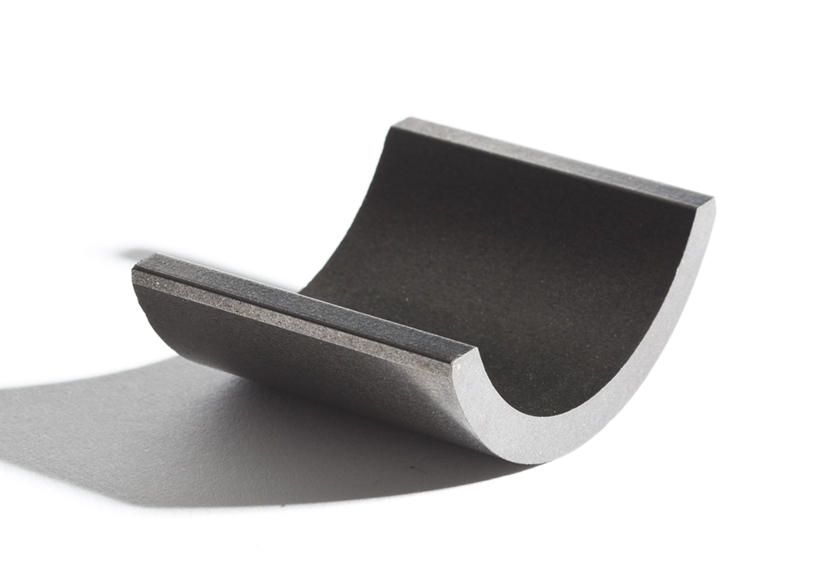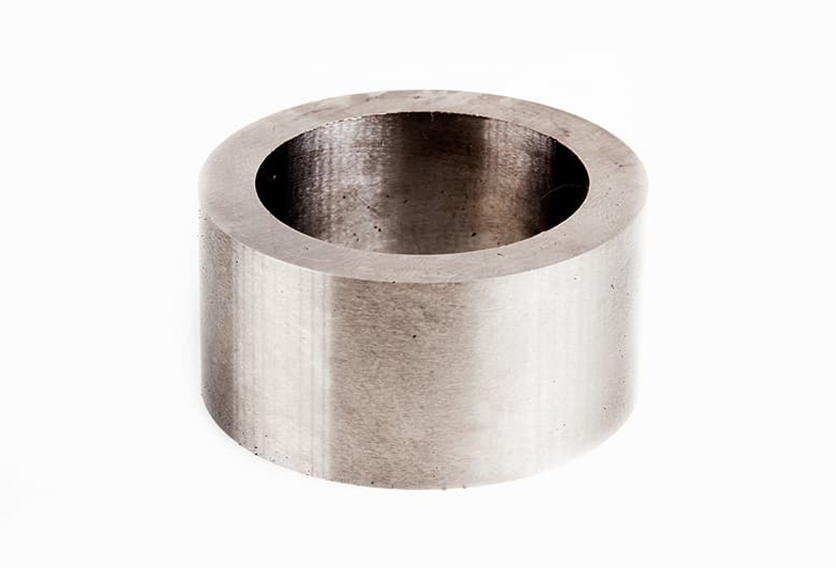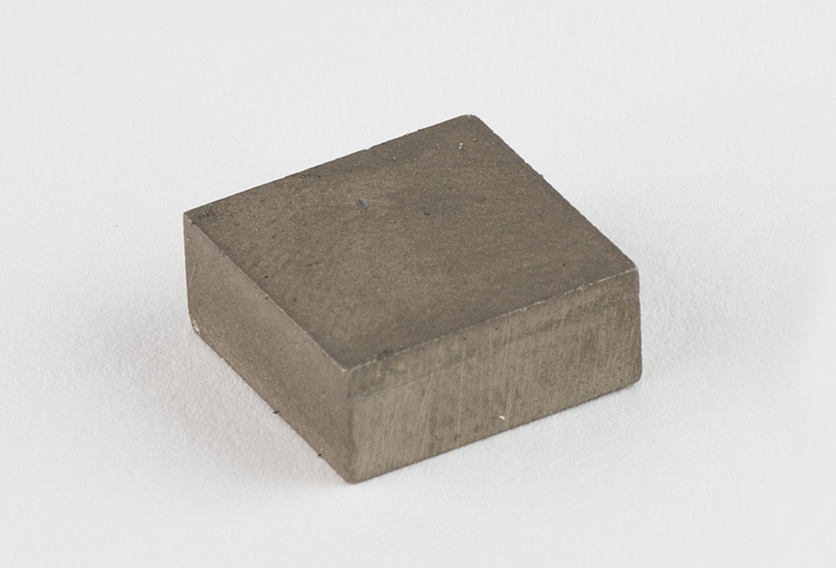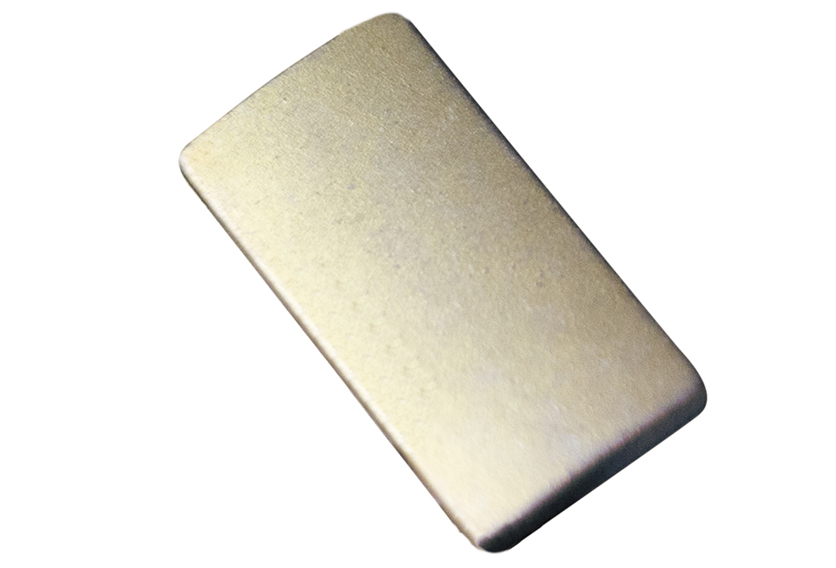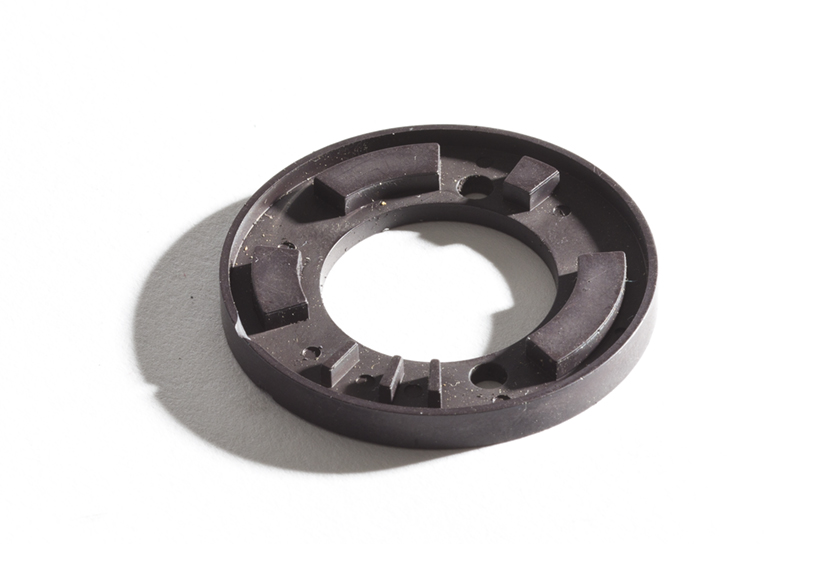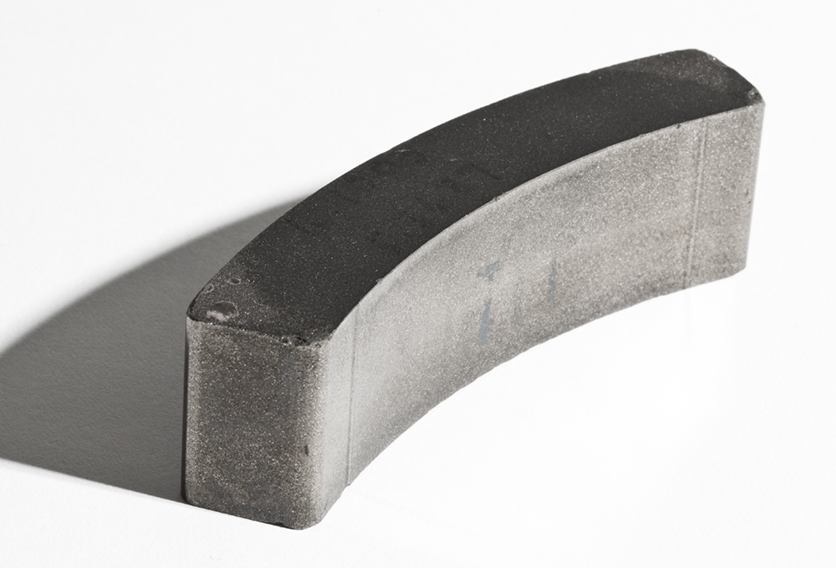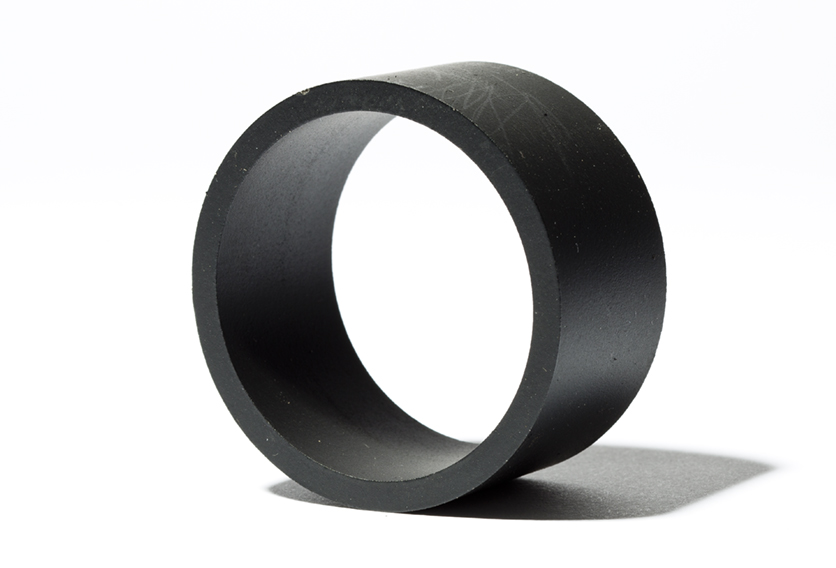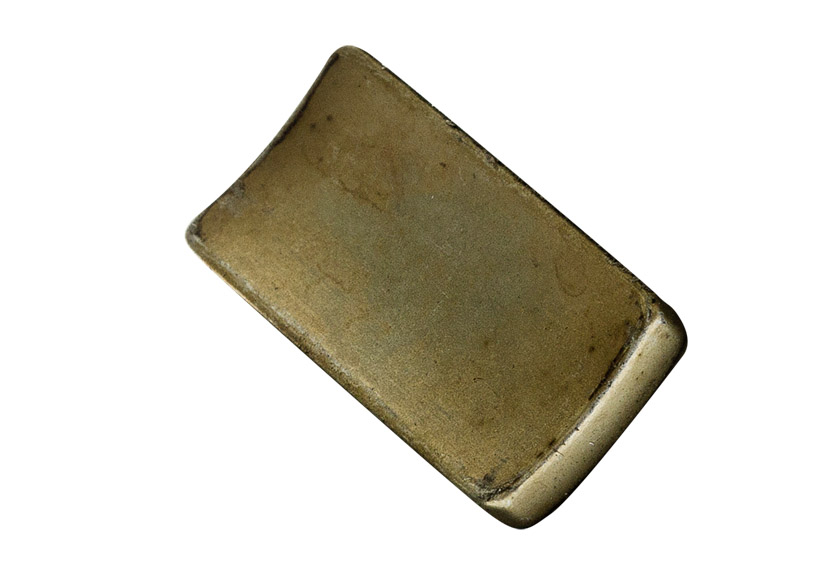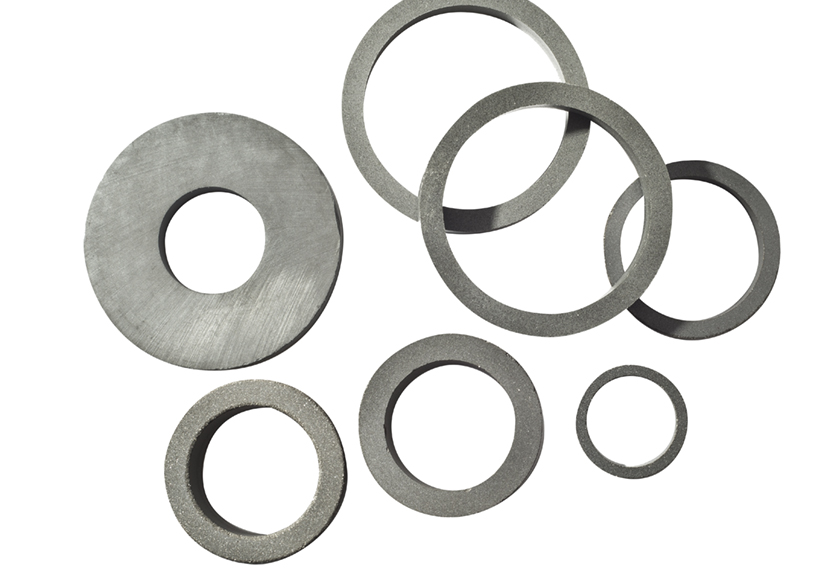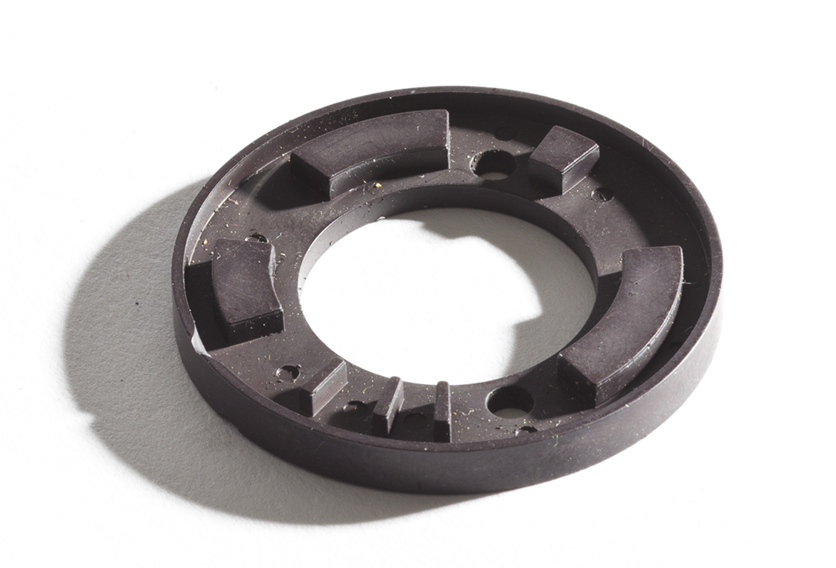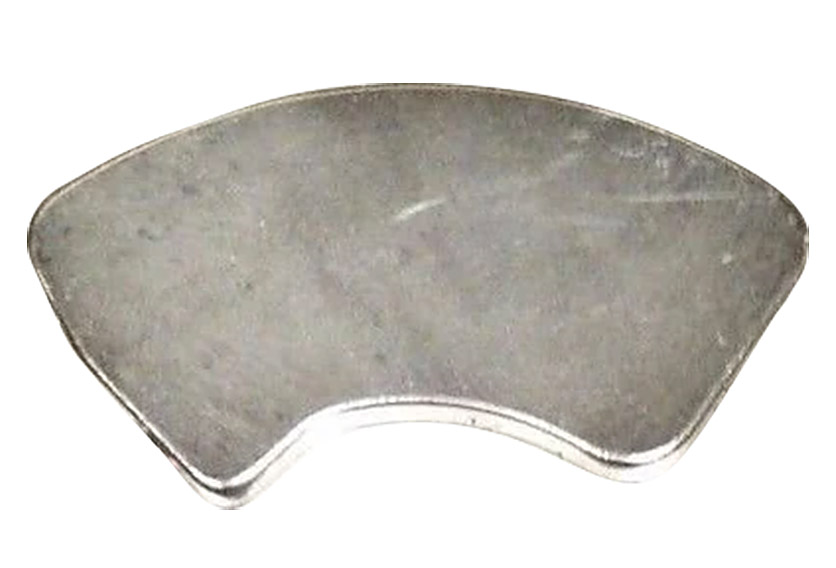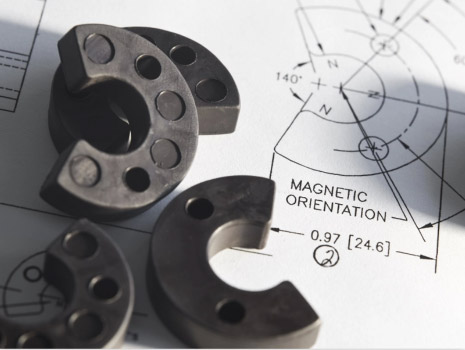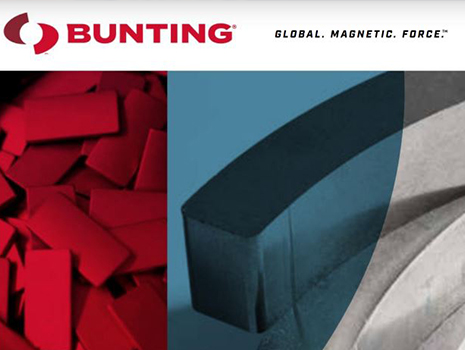
Magnets for Loudspeakers
Most loudspeakers have ferrite magnets inside, which can be produced for larger, louder speakers. Neodymium magnets are also used in higher-end loudspeakers.
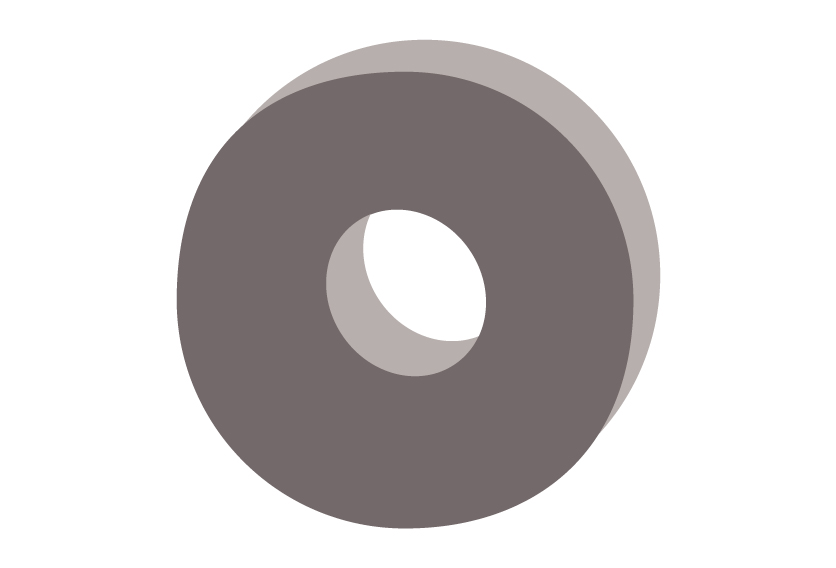
- Ferrite is most affordable material and most common in today’s speakers
- Neodymium magnets are smaller and have far greater magnetic flux than ferrite
- Neodymium magnets are widely considered better for sound quality than ferrite, but not as durable and is more expensive
Custom Magnets for Loudspeaker Systems
Music lovers, listen up. Without magnets in your speakers, your favorite tunes would not be heard. The core component producing sound in audio equipment is a magnetic assembly. To simplify, each speaker requires an electrical current which allow the voice coil to move back and forth. When that current is altered, a magnetic field is produced. An opposing magnetic field is needed to create the vibrations in the speaker, which is what you hear. The larger the magnet, the louder the speaker. Sound knowledge. Most loudspeakers have ferrite magnets inside, which can be produced for larger, louder speakers. Ferrite magnets also resist corrosion, which is helpful for outdoor audio systems. Ferrite is also the more cost-effective material for production. Neodymium magnets are also used in higher-end loudspeakers. That comes at a greater cost due to supply concerns.

